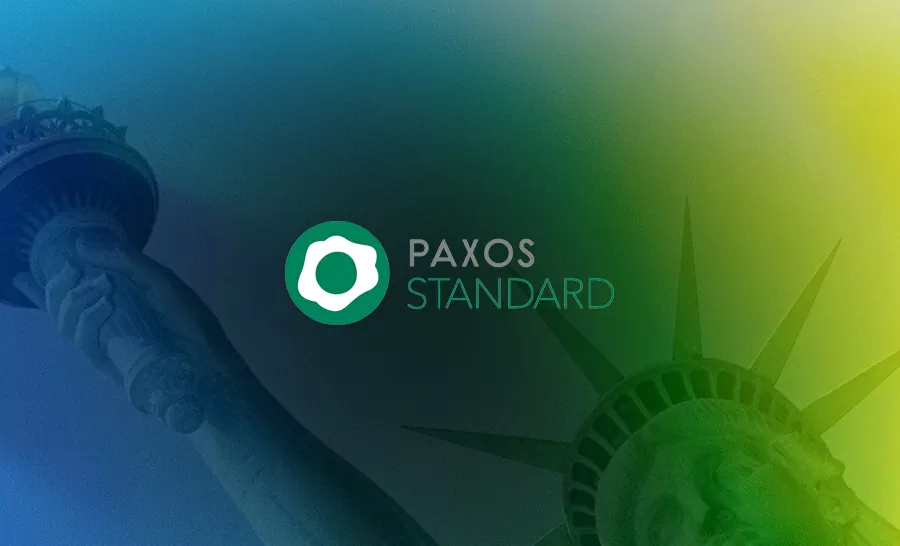If you’re a crypto enthusiast, you probably already know everything about the Paxos standard token (PAX), a digital currency introduced by the Paxos Trust Company. However, the PAX token differs from all other crypto tokens available on the market because it’s referred to as a stablecoin. Okay, but what is a stablecoin?
7 PAX Alternatives
In brief, a stablecoin is a digital currency with its value pinned to another form of money widely accepted as a payment form globally. In PAX’s situation, the token is directly related to the value of the U.S. dollar, and because of that, 1 PAX is trading very close to $1 on all crypto exchanges.
The PAX token is an ERC-20 token created and developed exclusively on the Ethereum platform. Because of that, the PAX stablecoin is listed on nearly all exchanges that support ERC-20 tokens. However, apart from the PAX token, other stablecoin alternatives are available in the market. Below, you can learn more about the seven best PAX alternatives that share many or most similarities with the ERC-20 token.
1. Tether USD (USDT)
Tether, or USDT, is the biggest and most significant stablecoin in the cryptocurrency market nowadays, with a staggering market cap of 68,744,195,148 USD.
2. MakerDAO (DAI)
Next in line is the Multi-Collateral DAI, or DAI coin, a crypto-supported stablecoin that is yet another alternative to the PAX token. Backed by the ETH and other tokens built on the Ethereum blockchain, the DAI coin was developed in early 2017 by its parent company MakerDAO and pegged to the U.S. dollar, just like USDT.
What is very interesting about this coin is that DAI coins can be created using locking up your holdings in the Maker protocol. Ethereum and other ERC-20 tokens collateralize the MakerDAO stablecoin.
3. Stasis EURS (EURS)
The Stasis EURS cryptocurrency stablecoin is somewhat of a rarity compared to its USD-backed counterparts. Because the Euro fiat currency backs the Stasis EURS stablecoin, it finds great use among investors and institutions who prefer the European fiat currency in their dealings. This stablecoin was launched in 2018, and it’s designed to operate on the ETH blockchain network.
4. StableUSD (USDS)
Initially launched by the U.S. startup Stably in mid-2019, USDS is a fiat-collateralized stablecoin that became the first stablecoin to be listed on the Binance crypto exchange. USDS can be accessed through both the Ethereum and Binance blockchain. Each USDS token is backed by an actual U.S. dollar as PrimeTrust handles the coin’s USD reserves.
5. Binance USD (BUSD)
Binance USD or BUSD was created with the conjunction between Binance and Paxos, with Binance being one of the most famous crypto exchanges on the market. First introduced in 2019 and very similar to PAX in terms of features and characteristics, the BUSD stablecoin is also supported by fiat currency, which holds and keeps holdings by the Paxos Trust.
6. Gemini Dollar (GUSD)
First introduced in 2018 by the crypto exchange Gemini, the Gemini Dollar, or GUSD is also quite similar to PAX. The GUSD stablecoin was developed on the ERC-20 platform, supported by a fiat currency, and pegged to the U.S. dollar. This stablecoin is rather unique in the sense that it performs monthly audits on its bank accounts to ensure the users of their integrity. Fun fact about the GUSD stablecoin, the exchange behind it is owned by Tyler and Cameron Winklevoss, one of the first investors and Bitcoin billionaires.
7. USD Coin (USDC)
Initially introduced back in 2018 as a direct result of the partnership between Coinbase and Circle, the USDC stablecoin is the brainchild of CENTRE. This stablecoin is also based on the ETH blockchain network and is pegged to the U.S. dollar. If you’re interested in investing in this stablecoin, you should know that Coinbase offers a 1.25% annual interest to holders of the USDC coin on their exchange.
Final Thoughts
As you can see, there are numerous viable alternatives to the PAX stablecoin on the crypto markets and exchanges these days. And depending on which you feel most comfortable, you can buy a non-backed, fiat-backed, or crypto-backed stablecoin to hold in your crypto wallet. As it stands right now, stablecoins developed on the ETH platform are the most used among issuers, so perhaps you decide to go with an ETH-based stablecoin after all.
